The era of instant photography, and Polaroid as its epitome, reached its peak in the 1970s, but had to face a dramatic fall – first, when as video cameras and 35-millimeter cameras became smaller and cheaper and then after it dealt with the realities of the digital photography boom. However, these days instant cameras are making their comeback – this time, using the technologies of the day, like AI.


Digitally Analog Polaroid Camera by Nico Tangara
Designer Nico Tangara combines the nostalgic feeling of physically holding a printed photograph with the convenience of digital technology. Using Raspberry Pi, a compact computer module, an eInk display, and a custom code generated with ChatGPT, he has created a new kind of camera that marries digital and analog in a weird way. His ‘Digitally Analog Polaroid Camera‘ which captures the essence of both worlds and is 100% functional, delivering a unique and captivating photographic experience.

Digitally Analog Polaroid Camera by Nico Tangara
Raspberry Pi provides the foundation for this project and enables the connection of various components to bring the idea to life. The eInk display, distinct from conventional LCD or LED screens which use light, utilizes microcapsules that toggle between black and white based on electrical pulses. Unlike traditional screens, once power is disconnected it retains the image indefinitely, providing a lasting visual experience, until the next image is taken.
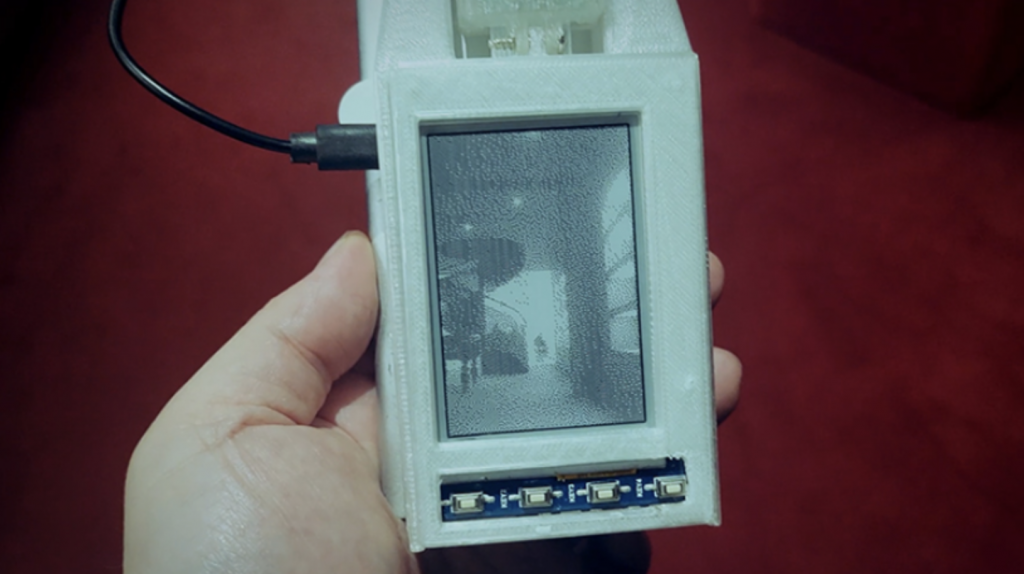
Digitally Analog Polaroid Camera by Nico Tangara
The camera is activated with a simple press of the button, which triggers the designer’s script for the Rapberry module. When the camera captures the raw image, the script applies creative artistic effects to enhance the visual aesthetics of the shot. The resulting composition is then saved within the Raspberry Pi and sent to the eInk display.

Paragraphica by Bjørn Karmann (also header image)
Paragraphica, an innovative camera developed by Danish designer Bjørn Karmann does not need a lens to make a picture. Instead, it utilizes a text-to-image AI and location data to generate “photos” of specific places and moments. When looking through the viewfinder, users are presented with a real-time description of their current location, which is made possible via combining the data from open APIs, such as the address, weather, time of day, and nearby places.

Paragraphica by Bjørn Karmann
By pressing the trigger, the camera then transforms this description into a scintigraphic representation of this description. The resulting “photo” is not just a snapshot, but a visual data visualization how the AI model “sees” the scene. Interestingly the photos do capture some reminiscent moods and emotions from the place.

Paragraphica by Bjørn Karmann
The lensless camera comes in both physical and virtual forms. The physical prototype features three physical dials that let you control the data and AI parameters to influence the appearance of the photo, similar to how a traditional camera is operated.
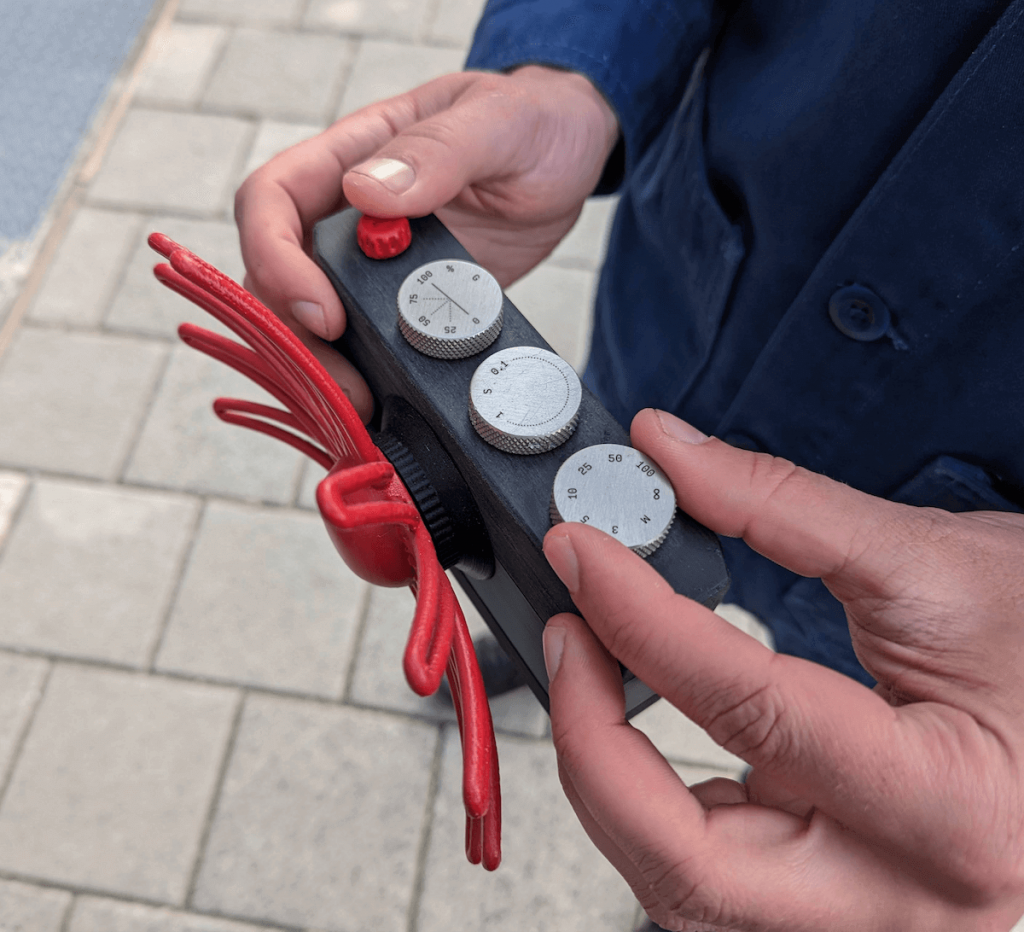
Paragraphica by Bjørn Karmann
The first dial behaves similarly to the focal length in an optical lens but instead controls the radius (meters) of the area the camera searches for places and data. The second dial is comparable to film grain, as the value between 0.1 and 1 produces a noise seed for the AI image diffusion process.
The third dial controls the guidance scale. Increasing guidance makes the AI follow the paragraph more closely. In the analogy of a traditional camera, the higher the value, the “sharper,” and the lower, the “blurrier” the photo, thus representing focus.
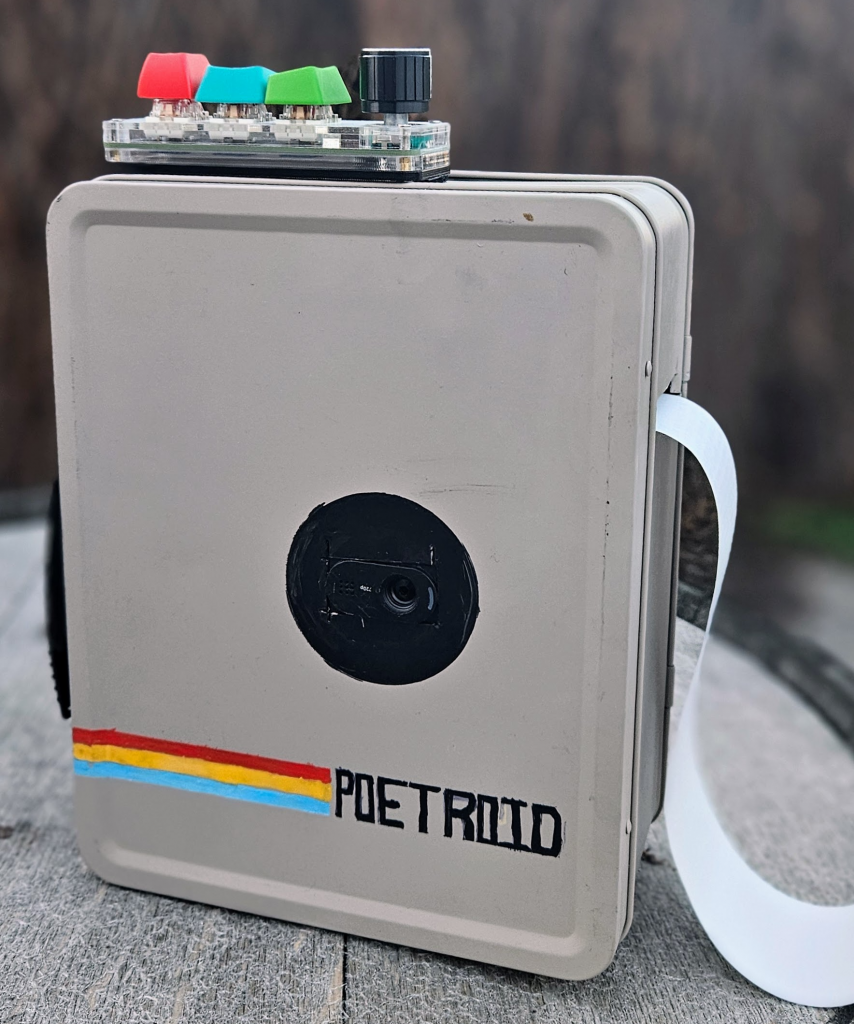
Poetroid by Sam Garfiedl (aka sam1am)
Poetroid, a DIY Polaroid-inspired camera crafted by designer Sam Garfiedl, captures moments not in pixels, but in poems. What it prints out is not an instant snapshot, but an interpretation expressed in words filtered through the minds of AI poets. Built from a tin lunchbox, this prototype utilizes self-hosted multi-modal models to explore the your surroundings and come up with an ode, a sonnet, or a haiku, literally, based on the object it sees.
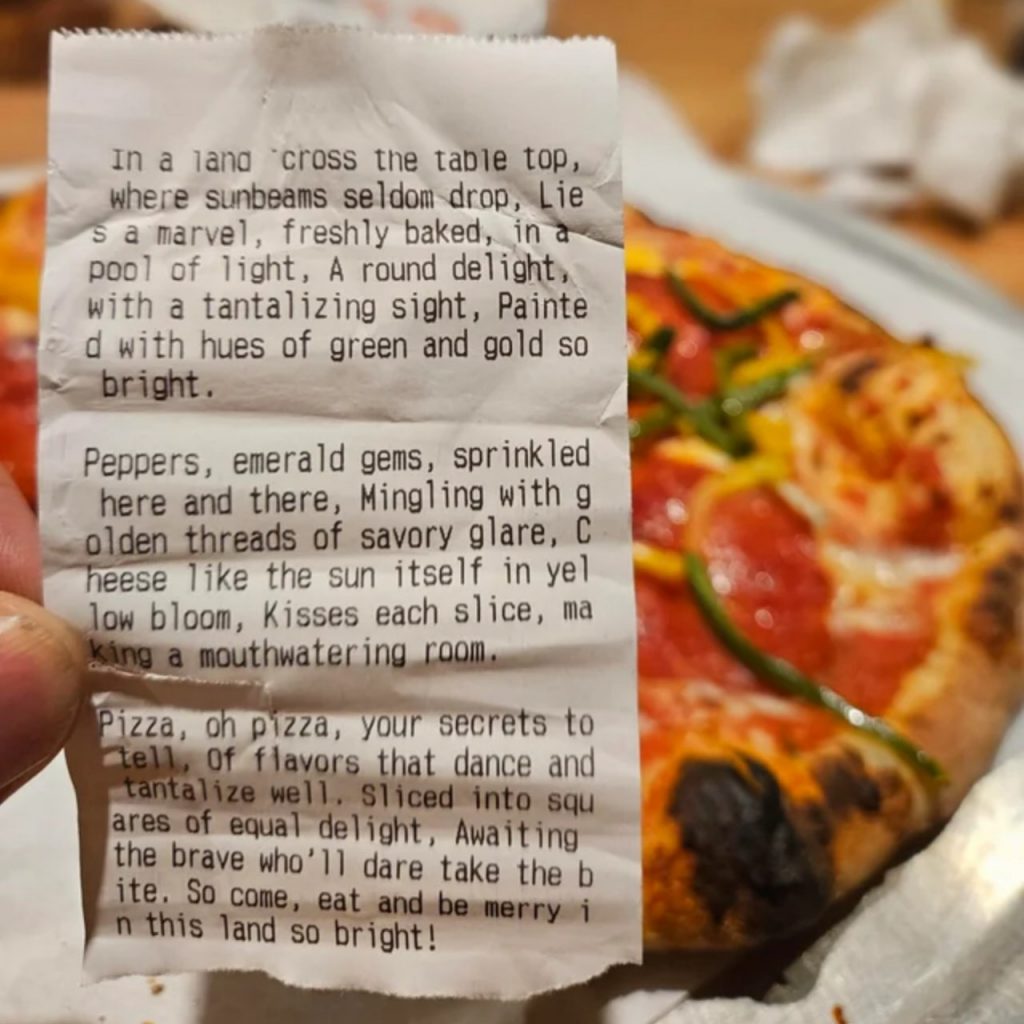
Poetroid by Sam Garfiedl (aka sam1am)
All you have to do is twist the top-side dial to select the desired poet. Each poem is instantly printed out on a thermal printer for you to keep. Both the AI and language models can run locally on the device itself, preventing any private data from leaking.
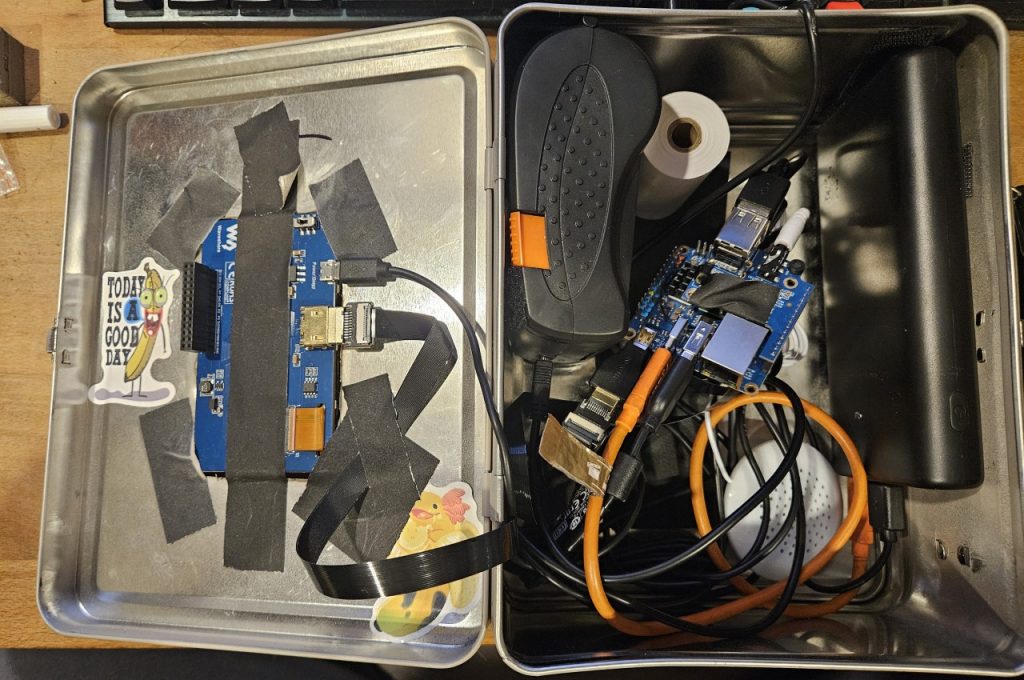
Poetroid by Sam Garfiedl (aka sam1am)
Inspired by the Polaroid instant camera, the bespoke camera can be assembled from off-the-shelf components like a webcam, a single-board computer, and a lunchbox, among other things.